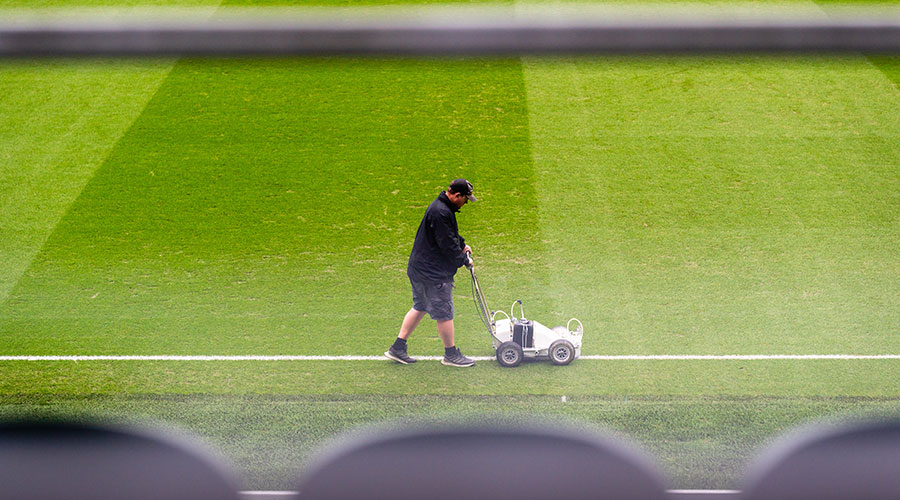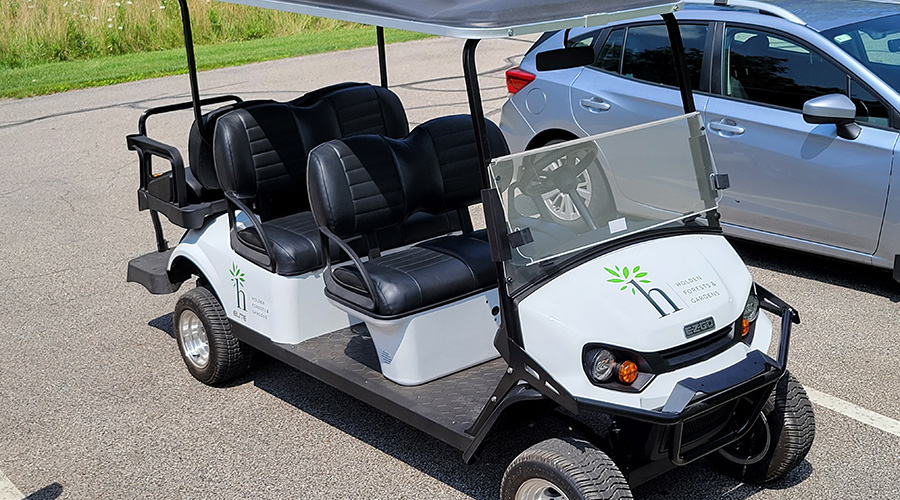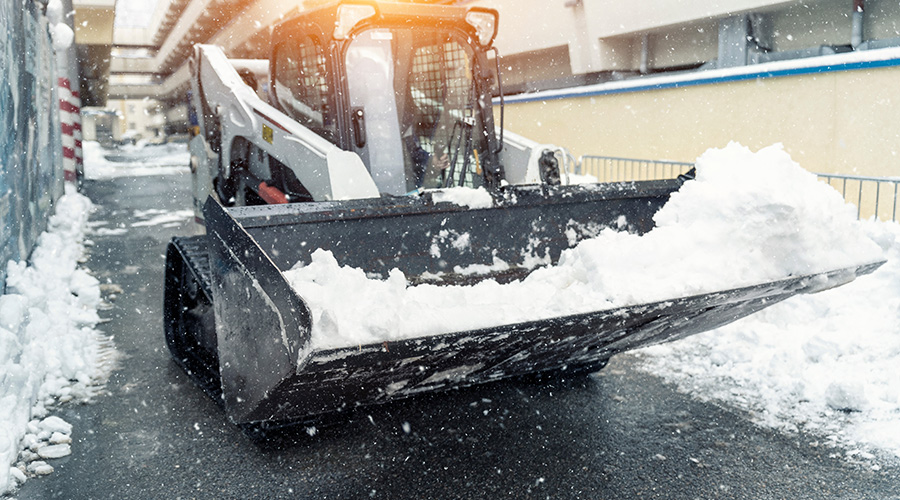Cold-Weather Considerations: Preparing for Winter’s Worst
The approach of winter is the signal to update plans for snow and ice removal in order to keep paved surfaces clear and pedestrians safe.
Safely removing snow and ice is one of the most critical aspects of grounds management, and a successful season starts well before the first snowflake falls. For grounds managers, though, winter presents a host of challenges and long nights.
The return of colder weather is the signal to update their plans to handle winter conditions. Preparations include conducting site assessments to upgrade snow and ice removal plans, assessing the condition of equipment and providing staff orientation and training to ensure productivity and safety.
Focus on fall
When the first brisk breeze of fall blows, managers already should be well into the snow and ice management process. Equipment operators have checked the condition of plows and trucks, and managers have placed orders for ice melt and are in the final stages of reviewing their plan for the year.
The purpose of a snow removal plan is to remove the need to make major decisions on the fly. Why rush a decision when it’s possible to make it months earlier, involving key stakeholders to ensure that the department is providing the service that is needed? The plan should include zones and routing to make sure crews clear high-priority areas first and do not overlook any areas. It should incorporate the equipment available on hand to cover all areas of the property in the most efficient manner possible.
These plans need to include trigger points that set the department into motion. These points are driven by local conditions and the demands of the property. Typically, managers base them on the forecast and the speed with which crews can clear surfaces. As the season progresses, managers can update their plans by incorporating lessons learned from each snow event.
Managers traditionally use the summer season to evaluate the property for changes that require adjustments to the snow- and ice-management plan. While new buildings, sidewalks and parking areas are the most apparent changes, managers need to make sure to involve key stakeholders planning each year to address their evolving needs.
Managers should not assume that last year’s plan still suits the needs of the organization and its occupants. Items that seem trivial, such as alternate entrances or changes in traffic patterns, might force a change in the routing or zoning of snow operations. This step in the planning is critical this year because many facilities have changed their entrance and exit procedures and locations based on COVID-19 screening and social-distancing requirements.
Crews also need to inspect paved surfaces before winter arrives. Infrastructure changes such as speed bumps can be safety hazards if they go unmarked and operators do not know about them beforehand. Managers also should document older, deteriorating surfaces before the season starts. This step allows plow operators to know which areas need to be treated with more care to prevent damage. Make notes of the style of plow cutting edges operators can use in each area. If needs have changed, managers might need to update the zones that each machine clears.
Related Topics:













